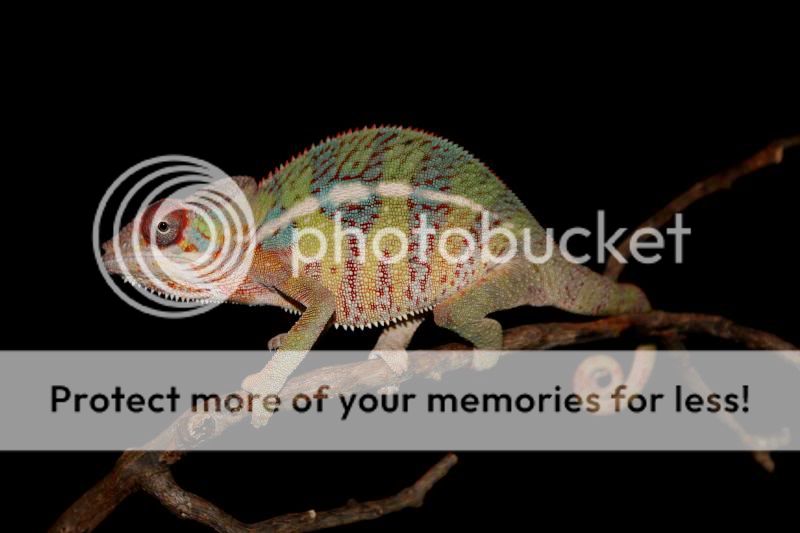IvoryBolt
New Member
I was supposed to get a cage from a friend this weekend to house edgar in (he lives about 3 hours away)...well, he texted me this morning saying 'oh, I'm sick'. Great. Just freaking peachy...so I'm getting my cham on tuesday morning, and I just ordered a cage today from amazon...it should be okay to house him in a 20gal long tipped up for a couple days, right? I have his UVB pointed through the screen, everything is holding about 85 at the hot end, and I'm in the process of making a dripper...
In happier news, I went stick hunting up the mountain today!! Got some GREAT branches to put in his cage. should they be okay since it's been super cold (below freezing), or should I bleach them? (too big for oven...haha.). It's so close! I can't believe it's finally happening!!! AHHHHH!!!!
In happier news, I went stick hunting up the mountain today!! Got some GREAT branches to put in his cage. should they be okay since it's been super cold (below freezing), or should I bleach them? (too big for oven...haha.). It's so close! I can't believe it's finally happening!!! AHHHHH!!!!


